Pizza is a food that most people love and never get tired of. You can eat pizza for lunch and dinner, then have the same for breakfast and maybe even have it as a light snack. Whether it's homemade pizza or made in a pizzeria, it doesn't matter - pizza really is one of the most loved foods by adults and children around the world, one of those foods that everyone agrees on, even nutritionists. Yes, that's right, nutritionists! Have you ever wondered if pizza could be a healthy food?
Most people feel that pizza should be avoided or limited as much as possible if you want to maintain a healthy lifestyle and diet, even more so if you are on a weight loss diet. Many people do not know that pizza is actually a healthy and balanced dish that allows an adequate supply of useful nutrients for the body.
Why is pizza a healthy food?
Let's find out all the properties of one of the most loved dishes by Italians and not only:
- It is rich in complex carbohydrates, which release energy more slowly than simple carbohydrates and help maintain a good shape, control appetite and stabilize energy levels. Come to think of it, who doesn't feel full for a long time after eating a nice pizza;
- The fats contained in this food are defined as "good" fats, unsaturated fatty acids that promote blood circulation and help reduce bad cholesterol;
- Thanks to the sauce based on tomatoes and cheese, the pizza is rich not only in calcium, vitamin C, but also in iron, vitamins D, E and K and milk proteins, rich in beneficial properties for the body;
- Pizza Margherita has less calories than a well-seasoned plate of pasta. If it is well balanced with other daily meals, it certainly does not pose a danger even to those who particularly care about their figure;
- Pizza is not only good for your health, but also contributes to your emotional well-being, those who are not happy to enjoy pizza in company or even alone. Perhaps it is the colors, flavors, shapes that make pizza such a beloved and valued food, capable of bringing harmony and a festive mood to our tables.
What is important, in order for a pizza to be healthy?
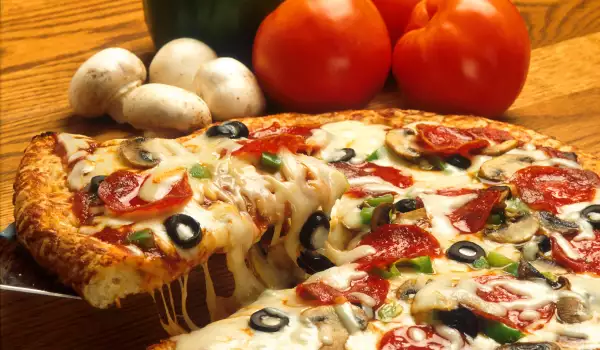
Meanwhile, there are two main aspects that cannot be ignored to elevate pizza to a healthy food: the quality of the ingredients used and obviously the portion. Well, the ingredients are not unimportant for the healthiness of the pizza. Depending on the ingredients you decide to use, a slice of pizza in the evening can also become an excellent opportunity to fill up on vegetables and other healthy and useful foods.
The old classic Italian pizza recipes included healthy cheeses and fats (olive oil), but today most restaurants use all sorts of not-so-healthy ingredients. The other problem is the dough itself. Classic Italian pizza uses quality flour and makes dough that rises slowly. But today, in order to shorten the preparation time, many restaurants use more yeast and flour with addatives, which makes the dough quite unhealthy. Therefore, to ensure that you have a healthy product, order pizza from verified restaurants or prepare it yourself.
Calories in pizza

Although it is indeed a high-calorie food, a good pizza always finds a way to be part of a well-balanced diet. It's all about choosing your toppings and pizza dough and knowing how to balance your overall calorie intake.
According to what is reported by the National Research Institute for Food and Nutrition of Italy, a Margherita pizza (known as a pizza with tomatoes and mozzarella) provides about 270 calories and about 30 g of carbohydrates per 100 g. Considering that on average one pizza can weigh around 300g (or even more), the total would be just over 800 calories for a whole pizza. You yourself can estimate what amount you can eat, depending on what effect you want to achieve and what else you ate during the day.
But is it possible to somehow reduce the number of calories? And what kind of pizza should you eat if you're on a diet? Of course, when choosing a pizza to order (or make at home), you need to consider not only the calories, but also the fat, which is mostly contained in the toppings - such as cheeses (mozzarella for example) and sausages.
If you intend to make your pizza "lighter", then choose ingredients such as vegetables, mushrooms, peppers, spinach, etc. In addition to reducing your calorie intake, you can make pizza a really nutritious and healthy meal.
The choice of dough will also be important. Instead of those based on white flour, you can choose healthier doughs such as whole wheat or whole grain dough, whose presence of minerals, vitamins and fiber can improve your health. The fibers contained in the whole dough offer a greater feeling of satiety (making you eat less), improve the condition of the intestines and reduce cholesterol levels.
In general, if you're on a diet but don't want to give up your weekly pizza, a pizza with whole wheat dough and vegetable dressing without cheese might be ideal. If you want to reduce calories even more, Pizza Marinara will be the most suitable choice, which provides about 240 calories per 100 g (total 720 kcal).
How many calories are in the most famous pizzas?

Let's put some numbers and see which are the least diet-friendly pizzas (the calorie count always refers to a 100g serving):
- Pizza Ortolana (vegetable): 260 calories
- Margarita: 270 calories
- Tuna Pizza: 275 calories
- Ham Pizza: 275 calories
- Pizza Four Seasons: 285 calories
- Pizza Diavolo: 295 calories
- Pizza Caprese: 320 kcal
What do the scientists say?
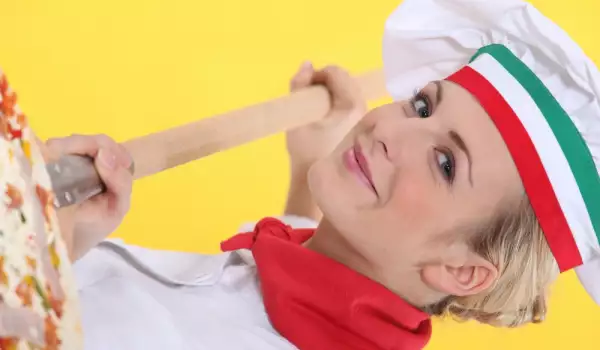
Silvano Gallus, a researcher at the Mario Nei Institute in Milan, is conducting a study on the matter. He jokingly claims: Pizza protects against diseases and death, but only if it is made and consumed in Italy.
And he adds:We could have expected a reduction in risk as pizza is - or at least was when we conducted the study - a relatively light food item, as well as containing healthy ingredients such as tomatoes and olive oil. But we never expected such results: regular consumers of pizza, compared to those who did not eat it, had a 34% lower risk of cancer of the oral cavity and pharynx, 59% less of cancer of the esophagus, 26 % less in the colon and 34 % less in acute myocardial infarction. On the other hand, we found no significant associations with respect to other cancers of the larynx, breast, prostate, or ovary. Our interpretation is that in Italy pizza consumption is indicative of the Mediterranean diet. We don't know whether if we repeated the study in a country where pizza is not an indicator of a healthy diet, such as the US, where it is considered a "junk" food, we would get the same results.
The first extravagant but relevant study by Gallus and his team dates back to 2006, but recently came back to the fore, as in 2019 the Italian researcher was awarded the prestigious Ig Nobel Prize for Medicine. The Ig Nobels are a very serious satirical parody of the most famous Nobel laureates and are presented every year at Harvard University's Sanders Theater of the most extravagant researches selected by a special committee of luminaries. The reason and nature of the Ig Nobel are very clear in their definition: They are the science awards that first make you laugh, but then make you think.
If you also worry about the number of calories and want your pizza healthier, then try:
- pizza with cauliflower crust;
- keto pizza.





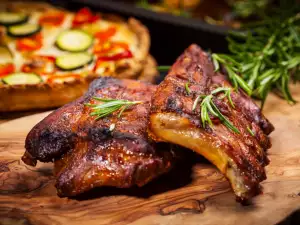



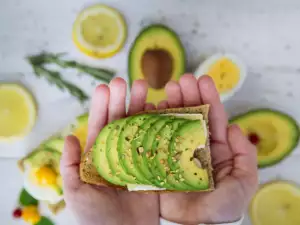




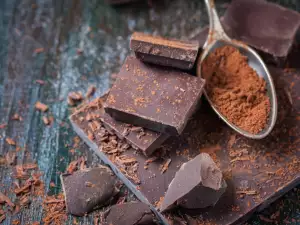





Comments